Birthstone Jewelry: Everything You Need to Know

You’ve likely heard of birthstones, the gemstone that represents each birth month in a calendar year, but did you know that these stones have individual properties and meanings that make them unique? Today, we’ll discuss everything you need to know about birthstones, from their history to their meanings, so that you can understand yourself and your birthstone more!
History of Birthstone Jewelry
Various origins and rich histories explain how twelve stones came to represent each month. Biblical sources describe a chest plate worn by Israel’s first high priest. This chest plate had twelve stones representing the twelve tribes of Israel. Eventually, these stones became associated with the months in a year.
Another theory originating from Hindu culture suggests that birthstones were initially associated with celestial bodies and one’s astrological birth chart. Whatever the true origin, the use of birthstones in ancient cultures, including the Greeks, Egyptians, Romans, Persians, and Native Americans, paints a wonderful picture of the purposes of each of these beautiful gemstones.
Best Pieces to Incorporate Birthstones
Birthstones are most commonly added to necklaces and rings but can also be added to other jewelry pieces depending on the occasion or significance. Because they are less traditional, we recommend displaying these personalized stones as an addition rather than the centerpiece. However, you should incorporate birthstones however you like. They’re great options for pieces with birthstones as the main event or as an addition.
Engagement Ring or Wedding Band Addition:
A subtle stone that signifies the birth months of both you and your fiance can be the perfect way to recognize your lifelong commitment to one another. Once you’ve found the right engagement ring diamond, you can personalize it! Depending on personal preference and stylistic choices, you can place the stone on the outside or inside of the band.
Personalized Necklace:
Personalized gifts are the perfect way to incorporate these precious stones in a piece for yourself or a loved one. Necklaces with stones signifying children, spouses, or pets are widely popular.
Month-by-Month Birthstone Breakdown
January: Garnet
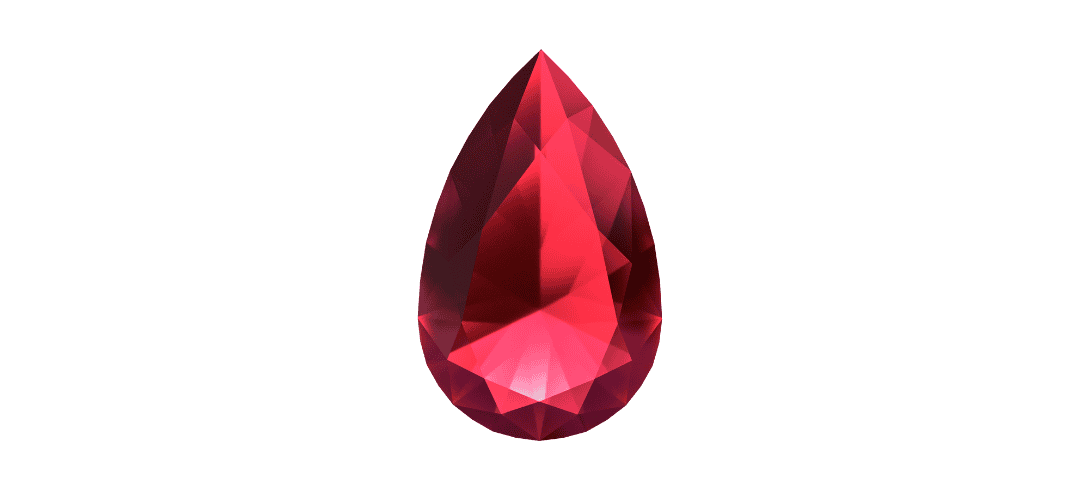
Garnets are widely enjoyed and have a lengthy history. They are most deeply associated with Egyptian culture and have been buried in the tombs of various Pharaohs. Garnets represent love, protection, and friendship.
February: Amethyst
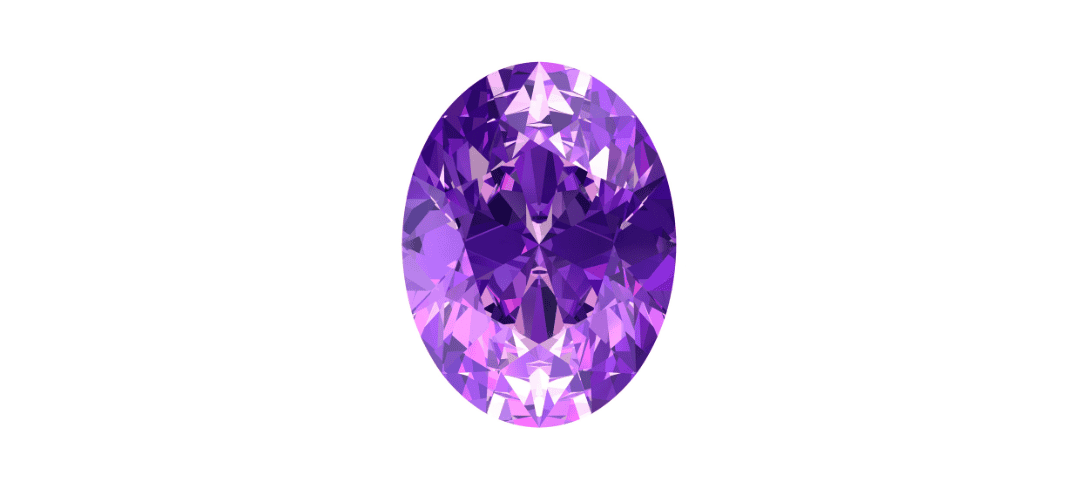
Amethyst is a purple variety of quartz that was once exclusive to royalty and other members of elite society. Today, it is much more accessible, making it a popular stone. This stone represents serenity, calmness, and peace.
March: Aquamarine
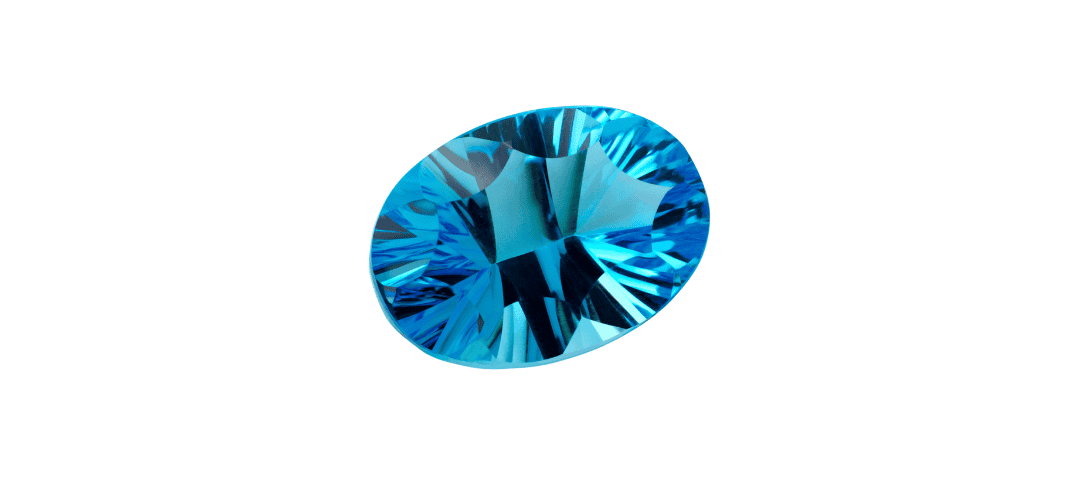
As its name suggests, aquamarine has a deep association with the ocean. The stone was believed to protect sailors and keep marriages happy and healthy. It represents honesty, loyalty, and beauty.
April: Diamond
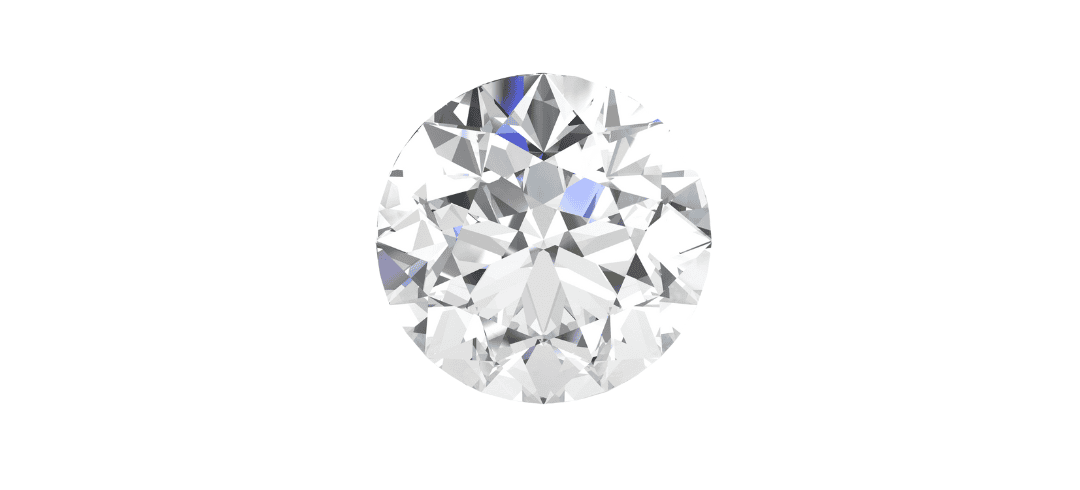
Diamonds are among the most popular gemstones and are often referred to as “the invincible birthstone.” This nickname stems from the stone’s incredible strength, making it the strongest of all the birthstones. Diamonds represent balance, clarity, inner strength, and eternal love.
May: Emerald
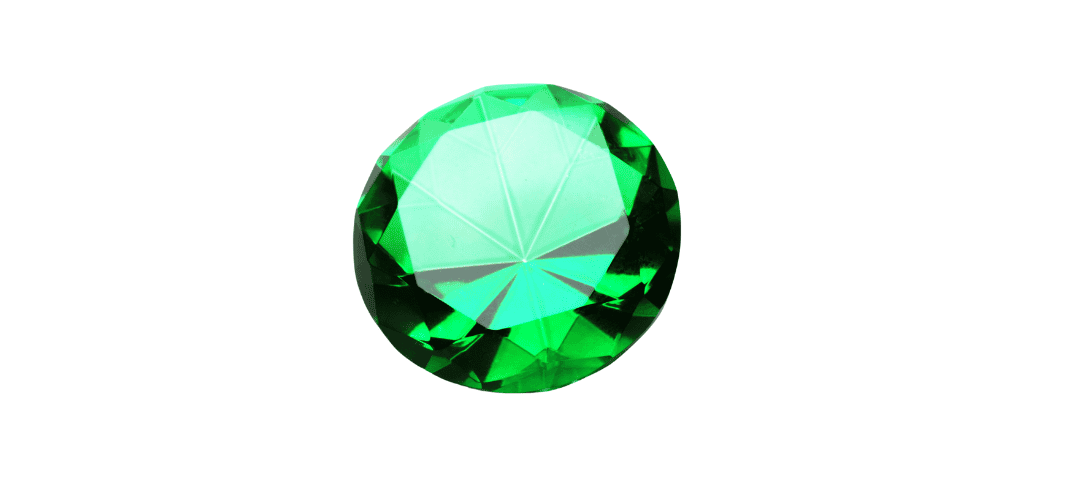
Historically, emeralds were used to cure diseases and improve intelligence or wit. Another stone connected to ancient Egypt as it’s believed that emeralds were Cleopatra’s preferred stone. This stone represents consistency and genuine affection.
June: Pearl
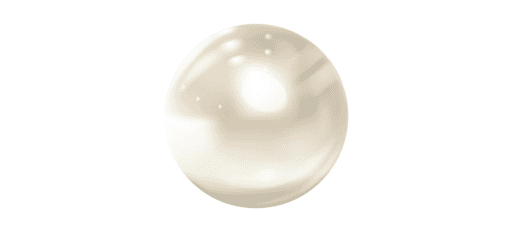
Pearls are considered organic gemstones. This stone, created by a living organism, is rather unique as it requires no cutting or polishing. No two pearls are alike, allowing for a unique personal addition to any piece of jewelry. This stone represents modesty, chastity, and purity.
July: Ruby
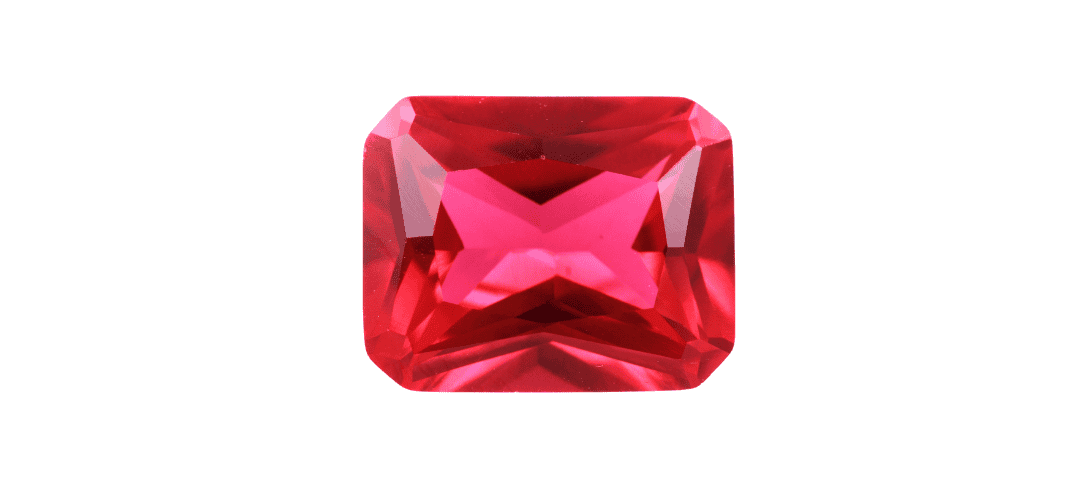
Ruby is another popular gemstone often gifted to loved ones. The hue of red in this gemstone can greatly affect how each individual stone is evaluated. This stone represents love, passion, and good fortune.
August: Peridot
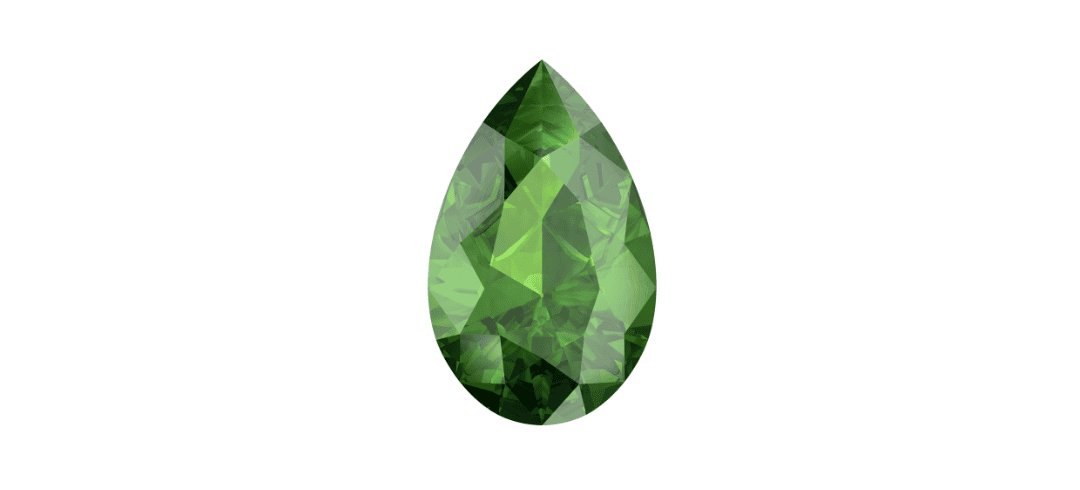
Peridot, often confused with emerald, is thought to protect its owner from misfortune and evil spirits. This stone represents dignity, fame, and prosperity.
September: Blue Sapphire
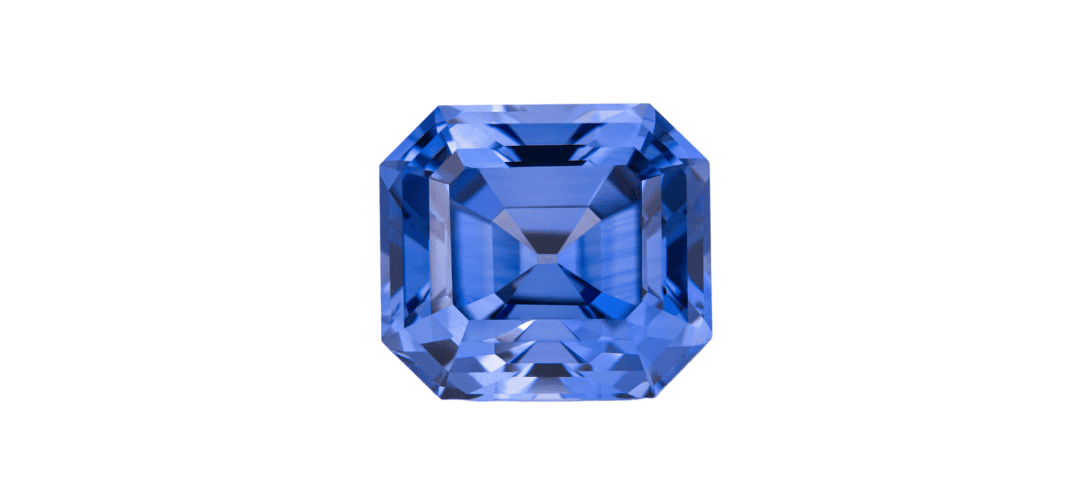
Blue sapphire is popular for its durability and cultural relevance. A-list celebrities are often seen wearing them, and it was once believed that Earth sat on top of a giant sapphire. This was meant to explain the blue tint of the sky! This stone represents truth, honesty, loyalty, commitment, and wisdom.
October: Opal
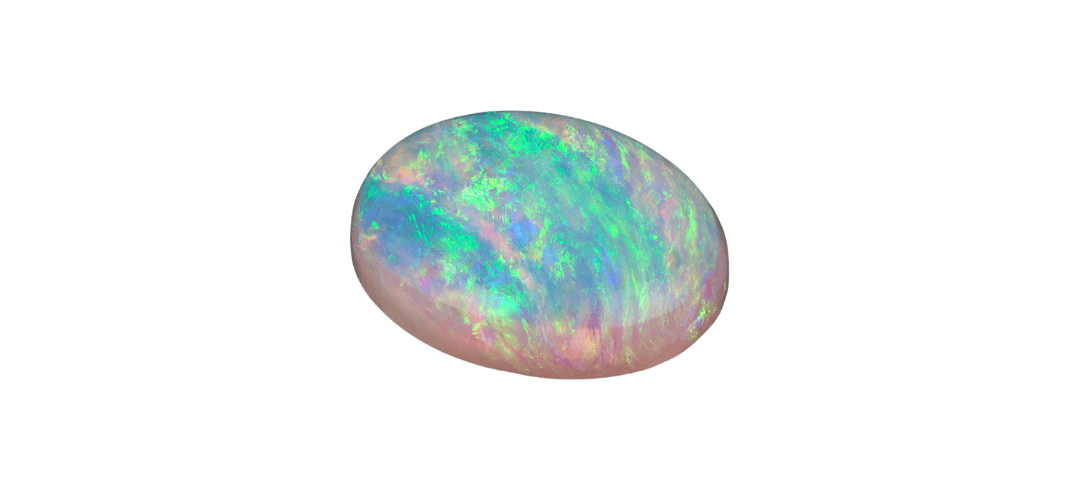
Opals are often white with an iridescent shimmer but can also come in various colors, including blue or purple. This stone is much softer than others, requiring more care, but its unique and beautiful look is worth the extra TLC. Opals represent hope, purity, and truth.
November: Citrine
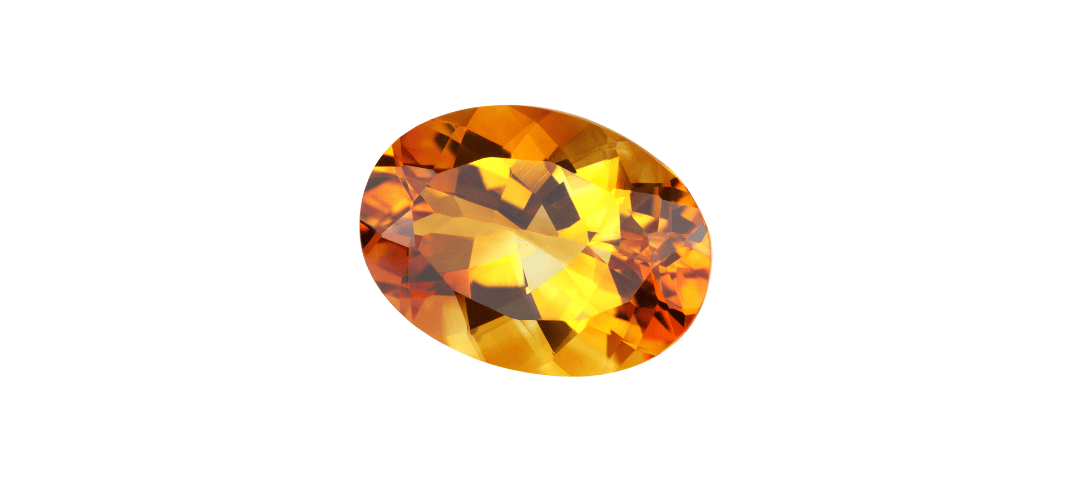
Citrine derives from the French word for lemon, which perfectly describes this vibrant yellow quartz stone. It represents abundance, prosperity, and success.
December: Turquoise
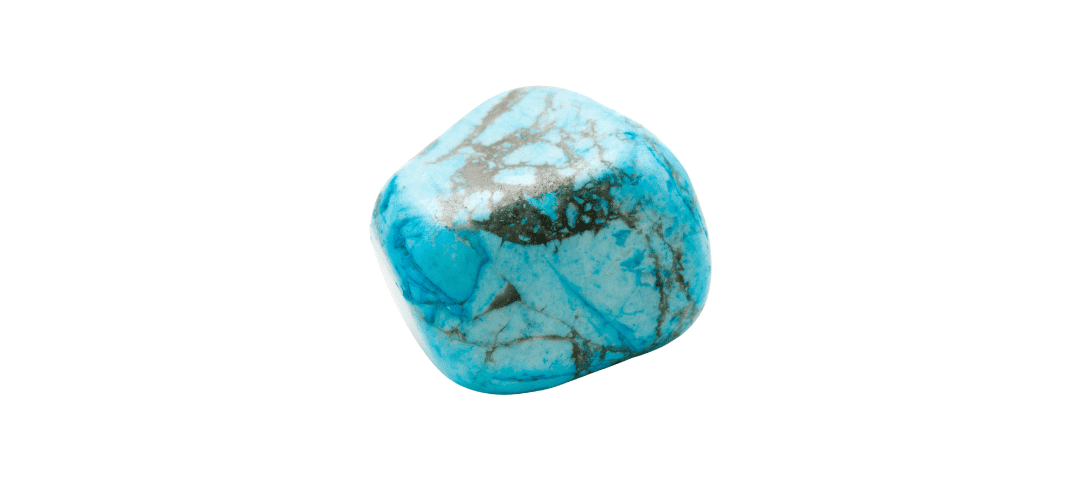
Turquoise is successfully formed in the driest places around the world. It is often incredibly unique, with different vein patterns on each stone. Turquoise represents protection, love, and good fortune.
Birthstone jewelry is not just about adding a personal touch to your style—it’s about connecting to a rich history of symbolism and meaning. Whether you choose to wear your own birthstone or gift one to someone special, these gemstones offer a unique way to express love, protection, and the qualities that define each month. So, go ahead and explore the many ways you can incorporate birthstones into your jewelry collection—after all, there’s a world of beauty and significance waiting to be discovered.
